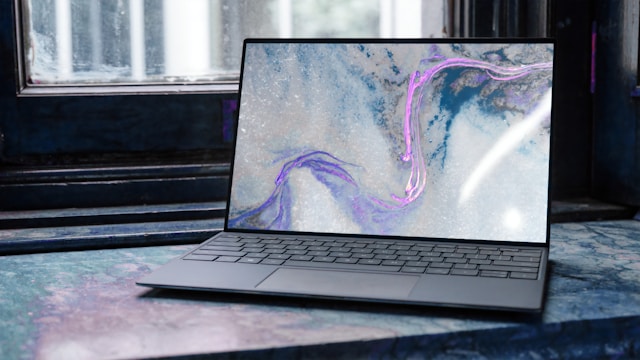A designer is involved in the design of graphic products, but layouts should not only be beautiful, but also understandable. When looking at a book, magazine, or website, it is important for the reader to understand which information is key and which is secondary. It is the same with appendices, packaging and instructions. And also design helps to navigate in transport and urban space.
The mission of a graphic designer is to arrange the chaos around, making the world structured and understandable. The designer has to work with all kinds of communication media.
Signs, directional signs and pictograms.
When a person is in an unfamiliar place, it is important to understand where he has to go and where he will end up, what to do there to avoid getting into a dangerous situation, or what prohibitions are in place.
If the message is expressed through text, then the task of the designer is to make the inscription easy to read and pleasing to the eye. There are even special navigation fonts – they are distinguished by the fact that they are easy to read even from a great distance, and the letters are clearly distinguishable.
Often, the navigational design uses icons and symbols, because a picture is perceived much faster than reading a lot of letters. And in airports or tourist destinations, visual language is sometimes the only possible way to communicate.
Pictures can accompany text but can also replace it completely. This technique is used for typical situations, such as the well-known prohibitions on the doors of stores or the little man who slipped on the wet floor.
A separate genre – the road signs. Drivers learn their meanings on purpose and orient only by pictures, there’s no time to read the text while driving. In different countries, signs look almost the same: the designers try to make them as concise, understandable and recognizable as possible. This is especially important when quick reactions from road users are required.
Signs, signs and short instructions surround us everywhere. The fact that we perceive navigation and pictograms without even thinking about it is the work of graphic designers.
Infographics, presentations and instructions
Complex information is easier to convey not as a text, but as a scheme. It can show the connections between the objects in question, show charts, provide additional information.
Instructions often come in the form of infographics, as it’s easier to draw, for example, a gadget and the location of its buttons than to describe everything in text. In some cases, the creators of instructions know how to do without text at all. For example, the company Ikea, whose products are sold in many countries around the world, makes universal manuals, in which everything is set out only in graphical language and not a single word.



